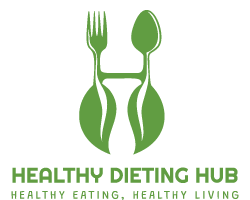
Celiac disease is an autoimmune disease that prevents you from eating gluten. When the affected person ingests this substance, an inflammatory response is generated in the small intestine and consequently a reduction in the absorption of nutrients from food and the appearance of associated diseases.
Celiac life
Gluten is a protein found in cereals: wheat, barley, rye, triticale, kamut, spelled, oats and derivatives. For this reason, it is present in 70% of manufactured foods, since according to our eating habits “we live in the society of wheat”.
Celiac disease itself is not a problem that prevents the development of a full life. In theory, celiac patients can eat a varied diet without major difficulties, since there are countless gluten-free cereals with which to replace those that are toxic. But the drawbacks come from the other side.
Celiac disease (CD) affects one in every hundred people in the world and isa condition for which there is no cure or medication that can stop it. A tiny fraction of gluten can trigger all the symptoms in celiac patients, which is why a strict diet is the only way to stay healthy.
The only treatment for celiac disease is the change to a gluten-free diet, but eating without this protein is extremely difficult because celiacs lack a regulation that guarantees suitable, safe, and accessible products. In the same way, in most cases they do not have financial aid to face the very high expenses.
Specific foods are up to 5 times more expensive than traditional ones with gluten and they are not available everywhere, which makes it impossible for celiac patients with low resources to follow the treatment. On the other hand, going out to eat translates into a risky adventure since there is not a wide range of establishments with a gluten-free menu and trained staff.
In addition, there is the problem that celiac disease is a disease about which there is no wide dissemination and information, not only among the general population, but also among the medical community. It is a condition that can go unnoticed: of 100% of celiac patients, only a small fraction have been diagnosed and it is only the tip of the celiac iceberg.
Recommendations for celiac
For all these reasons, it is essential that both doctors and the general population know how to recognize the symptoms and warning signs in order to reverse the serious situation that triggers a misdiagnosis. A correctly diagnosed celiac who follows a gluten-free diet for life will go from being sick to a healthy person with celiac disease.
The celiac community needs the legislation of the different countries to oblige producers to certify the absence of gluten in their products, workers in the food sector be instructed about celiac disease, financial aid is granted to alleviate excessive expenses and a greater social awareness campaign as well as detection of undiagnosed celiac.
Social works and medical companies should recognize celiac disease as just another disease. A celiac has the right to find coverage to meet the costs of the studies necessary for the diagnosis and the gluten-free diet.
Thus, Celiacos.com contributes a small grain of sand to collaborate with this cause and make life as easy as possible for celiac patients by offering detailed information about the disease, gluten-free recipes, suitable foods, news and everything related to the disease.


